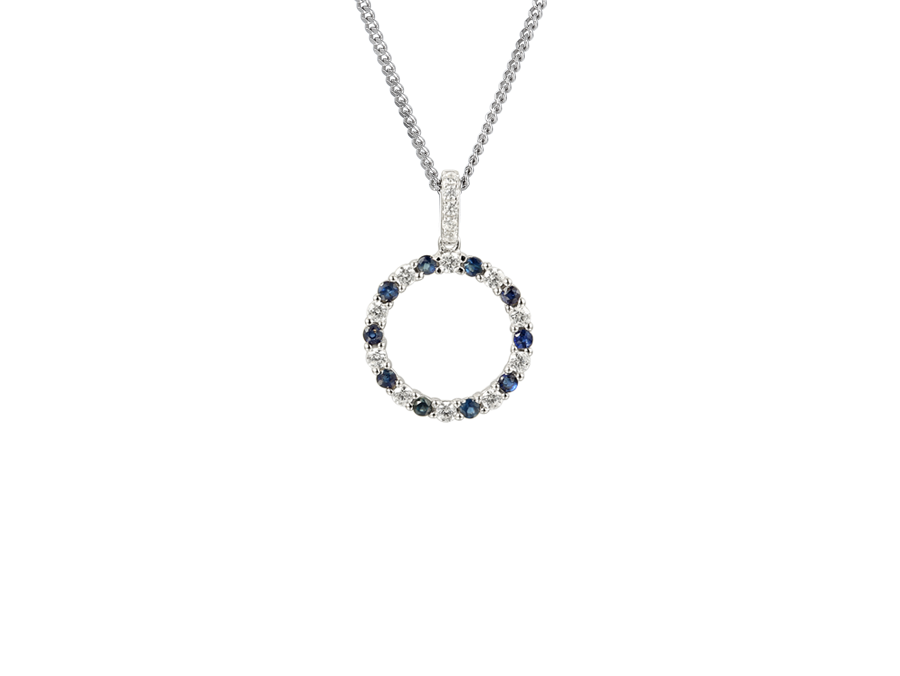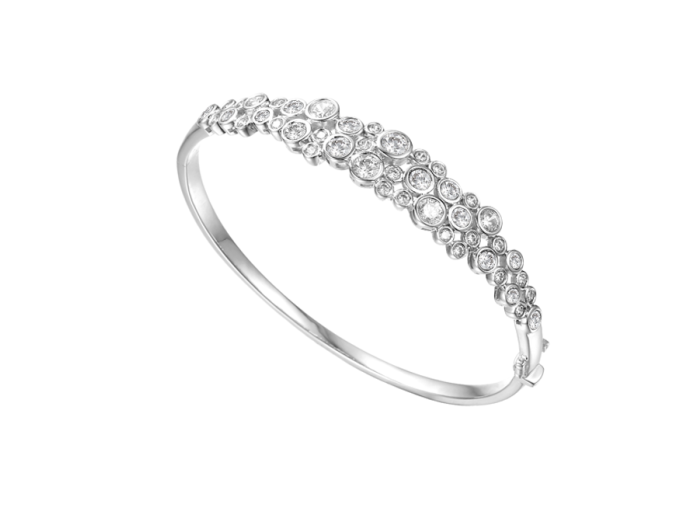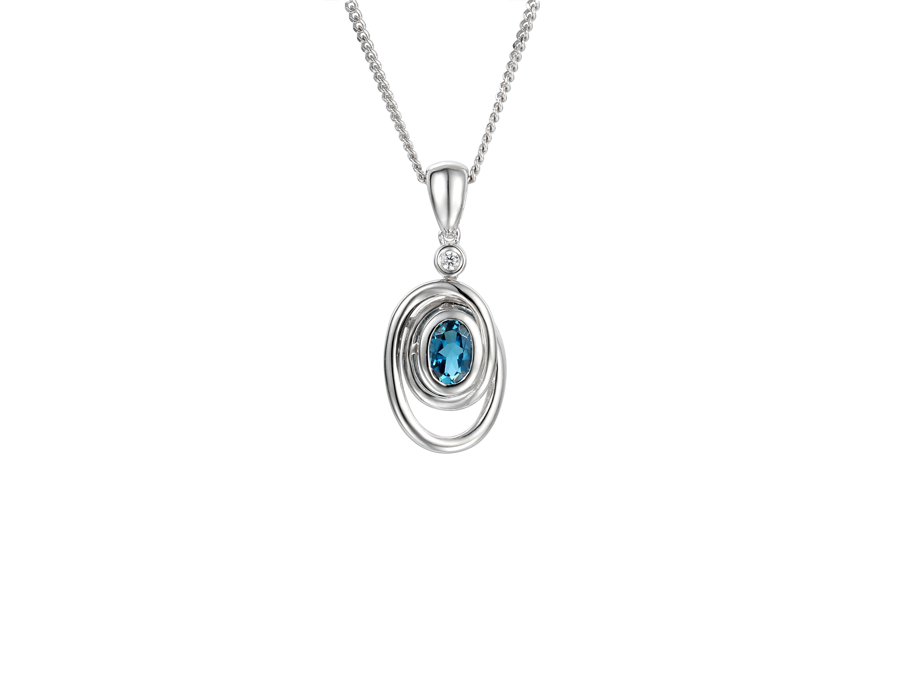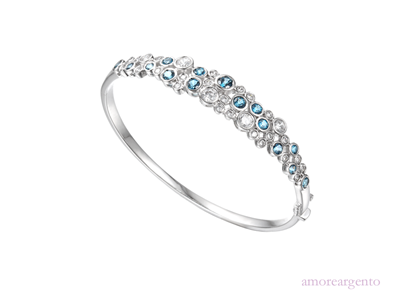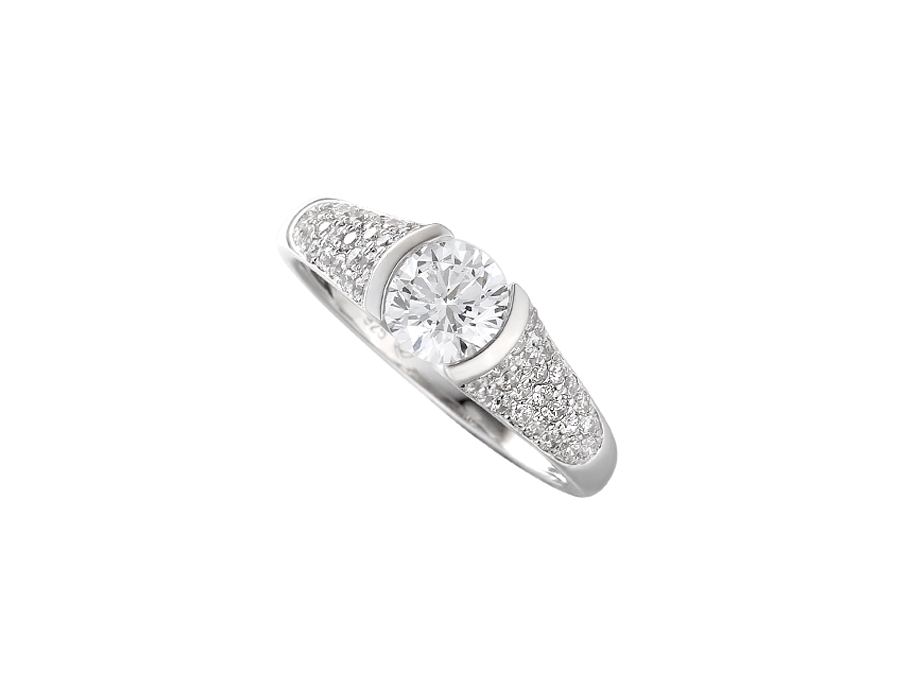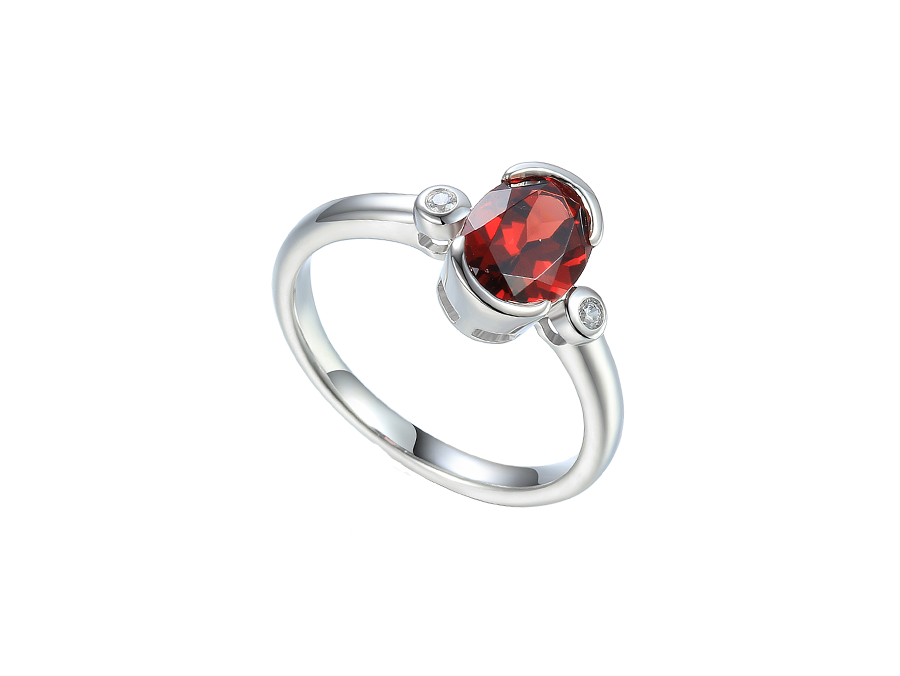We use cookies to make your experience better. To comply with the new e-Privacy directive, we need to ask for your consent to set the cookies. Learn more.
Our Top Tips For Insuring Your Jewellery
Many people assume that their jewellery is covered under their home and contents insurance, and while some policies may cover jewellery of a certain value, some will not, and require that proof of purchase or ownership is submitted before paying out, if they agree to pay out at all. Depending on your insurance policy, you may only be covered for theft, meaning if your jewellery is lost or damaged you're left out of pocket. In the first instance, check your contents insurance clauses to see whether it covers your finery and if so, to what extent.
You can take out standalone jewellery insurance policies which will provide a higher level of cover and which may even cover accidental damage or loss. You don't have to own expensive jewellery to take out a policy – anything with sentimental value is worth insuring, as are new purchases and pieces you intend to pass on. Jewellery insurance gives you peace of mind that if your jewellery is lost or stolen, you'll get some of the monetary value back which you can leave to your nearest and dearest instead of the actual items. It also gives you the freedom to wear those special pieces more frequently. The only thing worse than having your heirloom jewellery stolen, is leaving it to languish in a bank vault and never to see the light of day. Of course jewellery is an investment, but it's one you are meant to wear and display, otherwise you may as well have the piece unset and just have the loose stones and metal. If you know you're covered for loss and damage you can be more confident about wearing heirloom jewellery when you really want to show it off.
If you're burgled, or your home is subject to a natural disaster or fire and your jewellery is gone forever, then having the security of an insurance policy makes the aftermath easier to deal with – the last thing you want to be worrying about is financial loss when you may have lost everything. For this reason it is a good idea to send copies of your jewellery photographs to your broker or insurance company, with a second set held by a trusted friend or relative. This way, if your home is burned down or flooded you won't have lost your important documents. You may consider keeping a copy of all your important paperwork with a family member if you are in an area prone to natural disasters.
The first step is to document your jewellery, so take a photograph of each piece alongside any documentation you have for it. Some pieces might need multiple photographs. Your jewellery should be appraised before it is insured, so you have an accurate value for it. Some jewellery insurers will do this for you, while others might recommend a third party valuer. Having an accurate value also makes it easier to decide what to leave to whom, so you can fairly apportion the value of your jewellery among those who are set to inherit it.
Whenever you get a new piece, add it to your insurance policy so you're always covered for the most up to date collection you have. Similarly, if you gift or sell a piece of jewellery make sure you take it off your policy (but let the recipient know that they should get it insured).
In summary, a jewellery insurance policy is worth your time researching and documenting because it gives you that security of knowing you won't lose out if the worst should happen to your jewellery. It won't replace one-of-a-kind items or heirloom jewellery with sentimental meaning, but it can help soften the blow and give you the funds to buy something meaningful to replace it with.








